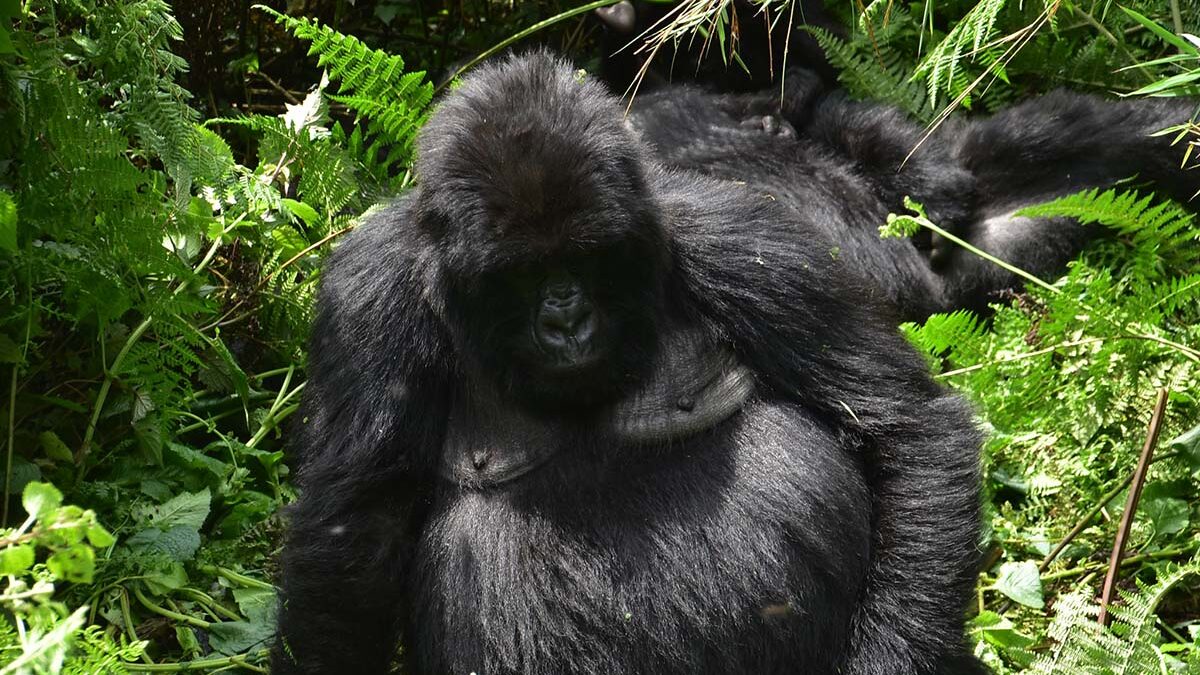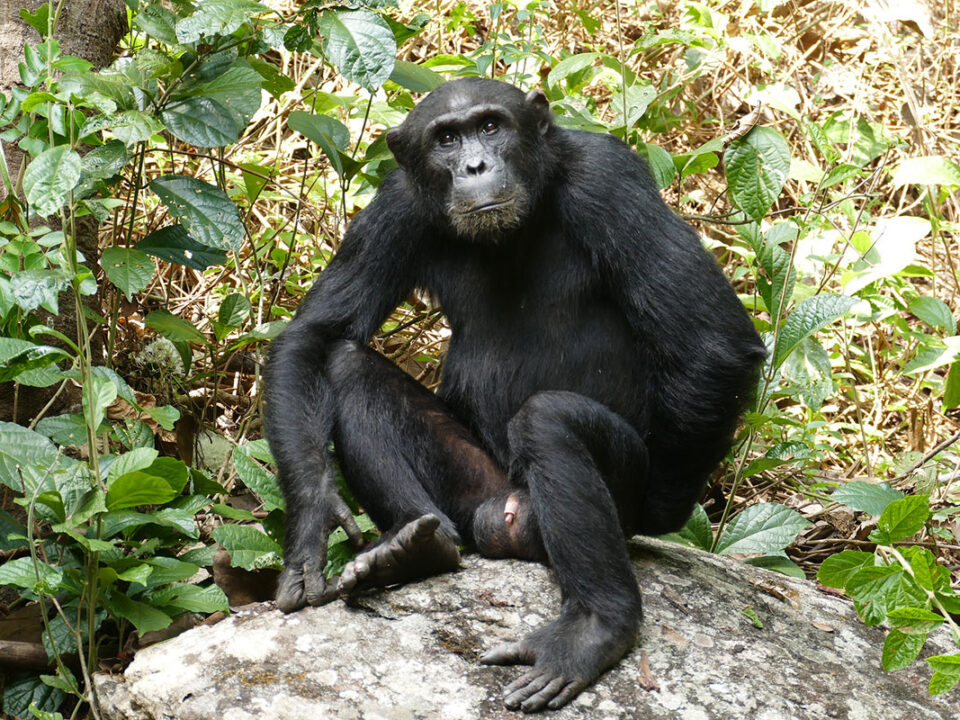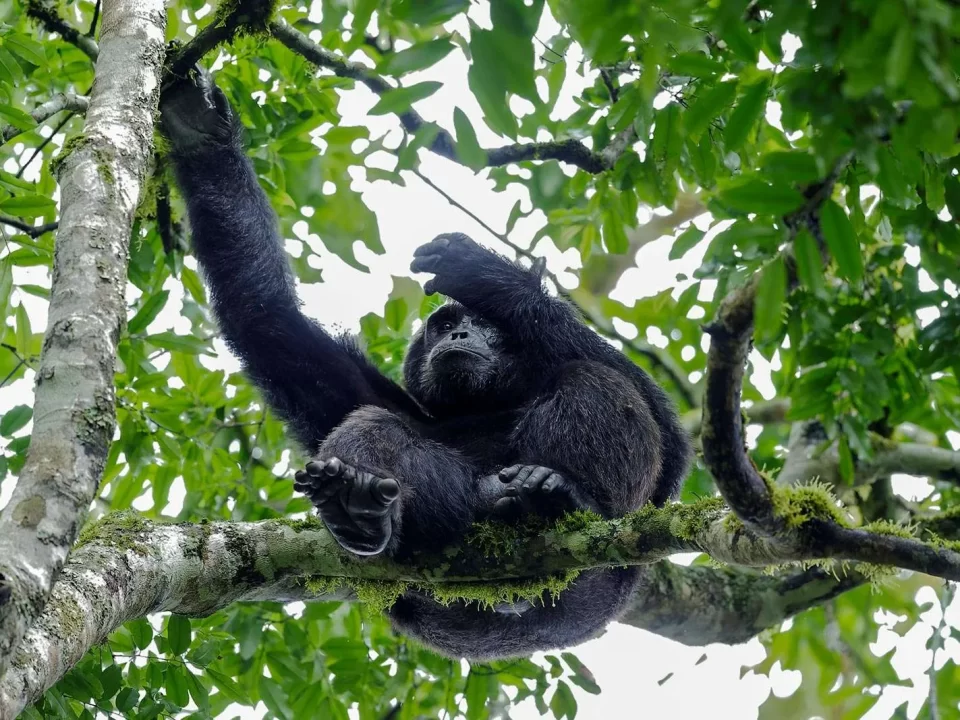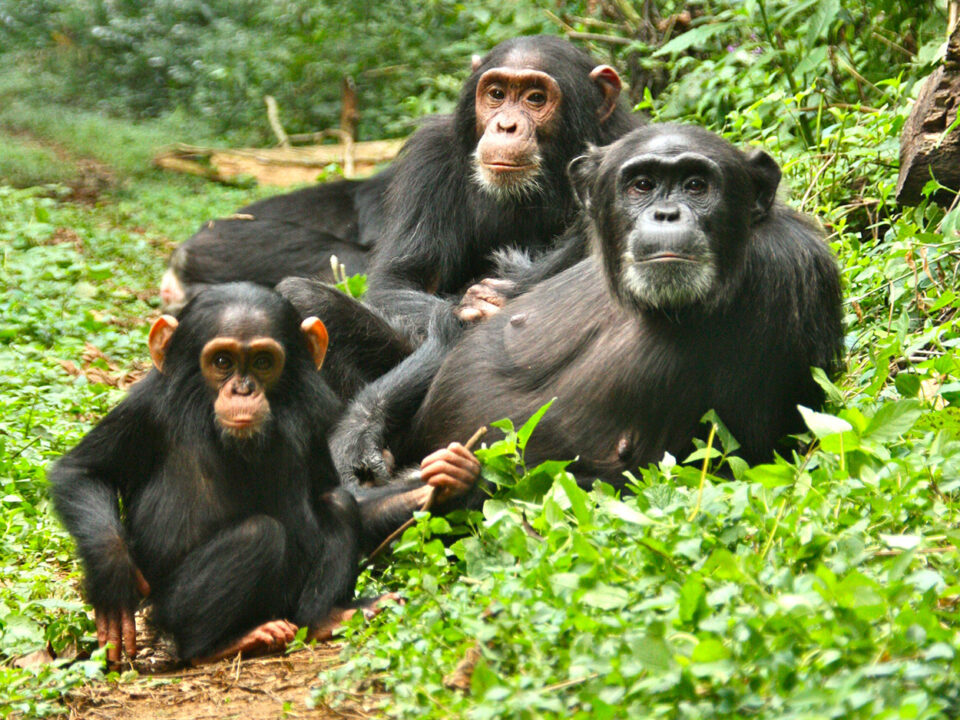Rwanda Primate Safaris and Tours

Rwanda Primates & Apes Tracking Safaris
October 12, 2023
Rwanda Mountain Gorilla Tracking Safaris
October 12, 2023Explore the Marvels of Rwanda Primate Safaris and Tours
Embark on an incredible journey through the world of primates and immerse yourself in the astonishing biodiversity of Rwanda. When you choose to partake in primate safaris and tours in this captivating nation, your decision will undoubtedly prove to be a remarkable one, offering unforgettable experiences that will leave you yearning for more.
Trek Africa Expeditions – Your Premier Adventure Safari Company
Trek Africa Expeditions proudly stands as your primary adventure safari company in Rwanda. Our specialization lies in crafting exceptional safari packages that cater to your specific needs. We also facilitate the acquisition of gorilla permits, secure accommodations, and offer an array of safari-related services to ensure your adventure unfolds seamlessly.
In addition to Rwanda, we operate in several other African countries, including South Africa, Botswana, Namibia, Zambia, Malawi, Mozambique, Mauritius, Seychelles, Uganda, Kenya, and Tanzania. Our extensive network across the continent allows us to offer you diverse experiences in various stunning locales.
Delve into the Rich Primate Diversity of Rwanda
In Rwanda, the enchanting world of primates awaits your discovery. Here, you’ll encounter a fascinating array of primate species, each with its unique charm and allure.
- Mountain Gorillas: The most celebrated and visited primates in Rwanda reside in Volcanoes National Park. This majestic habitat, spanning 160 square kilometers, is home to over 300 mountain gorillas, including the 11 habituated mountain gorilla families, as well as wild gorillas. These remarkable creatures are considered endangered due to habitat loss and pressures from local communities, primarily driven by increased demand for farmland.
- Chimpanzees: The Nyungwe Forest, especially the Cyamudongo area, is a thriving habitat for chimpanzees. This massive 970-square-kilometer forest also shares its borders with Burundi’s Kabira Forest National Park. While large troops are observed in the Cyamudongo area, an even greater number is found in the vast Nyungwe Forest. Habituation efforts have been challenging due to the rugged terrain and expansive home ranges.
- Golden Monkeys: Golden monkeys, an endangered species, are limited to the Virunga Massif, which includes Volcanoes National Park, Nyungwe Forest National Park, Gishwati Forest National Park, and Mgahinga National Park.
- Black and White Colobus Monkeys: These monkeys have a wider home range and are quite sociable with local communities. You can spot them in smaller forests across Rwanda. They are distinct with their long tails and striking ability to leap high.
- Red-Tailed Monkeys: Named for the red underside of their tails and bi-coloration of their tails, these monkeys also have white noses and cheeks, set amidst black or dark gray body fur. Their unique, large, and elastic cheeks are used for collecting and storing food safely. Males of this species are larger than females.
- L’Hoest Monkeys: With black fur, a reddish-brown saddle-shaped pattern on their backs, and a long, white-tipped tail, these monkeys are truly remarkable. Males and females have one significant difference – the color of their testicles, which reflects their dominance. Brighter colors indicate higher dominance in males, and females are typically smaller than their male counterparts.
- Blue Monkeys: Despite their name, blue monkeys are not blue. They earn their name due to their hairless faces, which appear bluish. With olive or gray body coloration and black and white markings, these monkeys are of great interest to scientists.
- Pottos: Pottos are small nocturnal primates known for their soft and gentle nature. They belong to the family Lorisidae and are the only species in the Perodicticus genus.
- Galagos (Bush Babies): These small, nocturnal primates native to sub-Saharan Africa are known for their large eyes and ears, long hind legs, woolly fur, and long tails.
- Baboons: Living in Africa and Arabia, baboons are some of the world’s largest monkeys. Males of different species range from 33 to 82 pounds, with substantial tails of varying lengths.
- Vervet Monkeys: Primarily ground-dwelling, these monkeys are often referred to as savannah monkeys due to their habitat preference for open country or woodlands rather than rainforests. Some vervet monkeys have also adapted to urban environments.
- Owl-Faced Monkey: Also known as Hamlyn’s monkey, this species is found in tropical rainforests east of the Congo basin. Owl-faced monkeys are greenish-gray with black undersides and forelimbs, as well as silver-gray lower backs and tail bases. They are distinguished by the white streak along their noses, giving them an owl-like appearance. However, some individuals living at high altitudes, especially in the bamboo forest of Mt. Kahuzi, exhibit variations.
- Dent’s Monkeys: These primates are known for their unique combination of physical traits, which includes thinly haired gray or white cheeks and scruffy hair on the crown. They typically form dispersed troops of several males and females, resting between feeding sessions.
- Grey-Cheeked Monkey: The gray-cheeked mangabey is native to eastern Nigeria and extends into Uganda. These primates have gargoyle-like faces with thinly haired gray or white cheeks. They are characterized by scruffy hair on their crowns and live in dispersed troops consisting of both males and females, resting between feeding sessions.
- Angolan Colobus Monkey: Strikingly patterned with very long tails, these monkeys maintain balance as they nimbly move through trees. They primarily feed on leaves and inhabit various forest types. Social groups consist of a dominant male and multiple females.
The Perfect Time to Embark on Rwanda Primate Safaris
Rwanda offers primate and ape trekking safaris year-round, providing incredible wildlife encounters in every season. However, the most favorable periods for these adventures are during the dry seasons, spanning from June to August and December to February.
It’s essential to acknowledge that Rwanda’s rainy seasons generally occur from March to May and September to November. However, these rains are often short-lived, with showers lasting only a few hours before the radiant sun reemerges, warming the land once more.
To embark on your extraordinary Rwanda Primate Safaris and Tours, contact Trek Africa Expeditions, and let us bring your dreams to life. Witness mountain gorillas, golden monkeys, and the diverse primate world of Rwanda in all its splendor.




